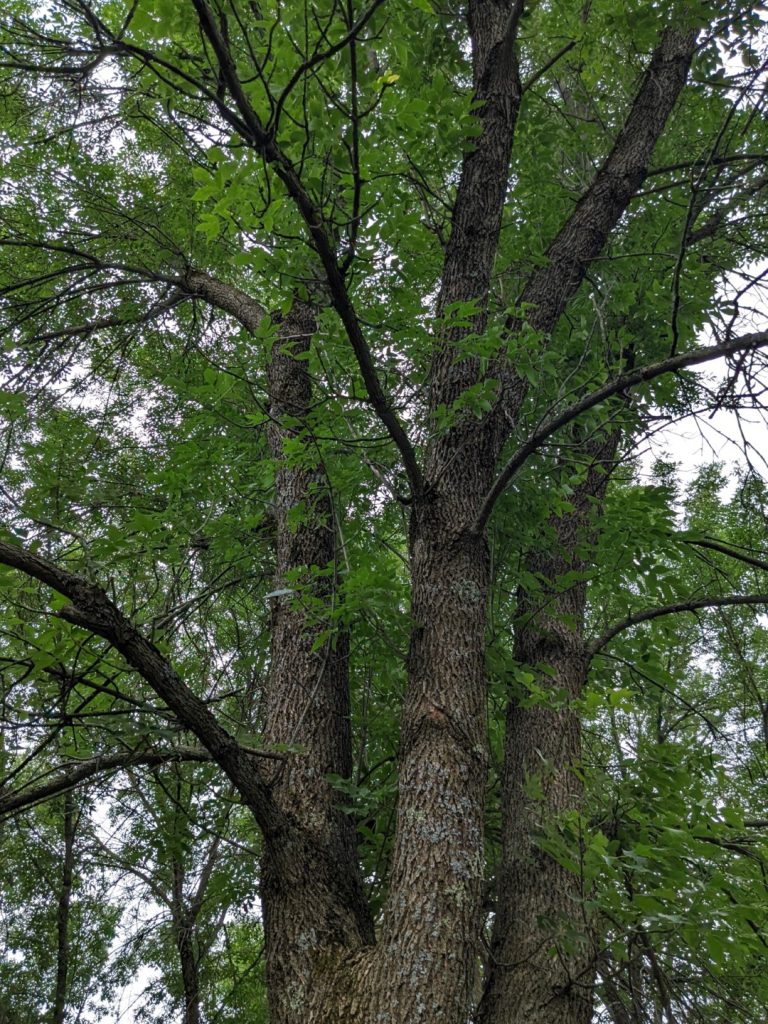Fortune telling is a difficult occupation. Seeing into the future isn’t the hard part. Rather, the problem lies in the narrative, the telling of the story of where the future lies. Imagining the future additions are easy; new lives, new loves, new occupations or travel. But how do you make believable the losses? It’s hard to imagine the subtraction of things that have always been there, pieces of your life that have existed forever.
Close your eyes and imagine one out of every ten campus trees gone. See what I mean?
Sometime within the next 5-20 years, Middlebury is going to remove nearly 10% of our trees on campus, thanks to an insect known as Emerald Ash Borer (EAB). We’ve been preparing for this for years now, mapping, planning, strategic planting and removals, but the hardest part so far is the narrative. How do I explain the holes in the tree canopy, the empty spaces in the woodline, the road with no shade?
Emerald Ash Borer (EAB) is a non-native invasive species that infests all our native Ash trees and kills the tree within 3-5 years. Originally discovered in Michigan in 2002, this species is estimated to cost the United States over $10 Billion over the next 10 years in treatment, removal, and replanting of more than 17 million Ash trees.
We’ve identified about 700 Ash trees on college land within a target zone, i.e. near a structure, road, or trail, or near an abutting neighboring property (yard or structure). Of these, about 250 are on maintained campus grounds, and will be targeted not only for treatment or removal, but replacement as well. While we try and replace most campus trees with 3 for every one removed, with this many Ash 2 trees for every one will be our target, given the quantity involved.
The links below lead to more information-we’d like to keep our community informed as much as possible. Please feel free to reach out to us with any questions you may have.


You must be logged in to post a comment.